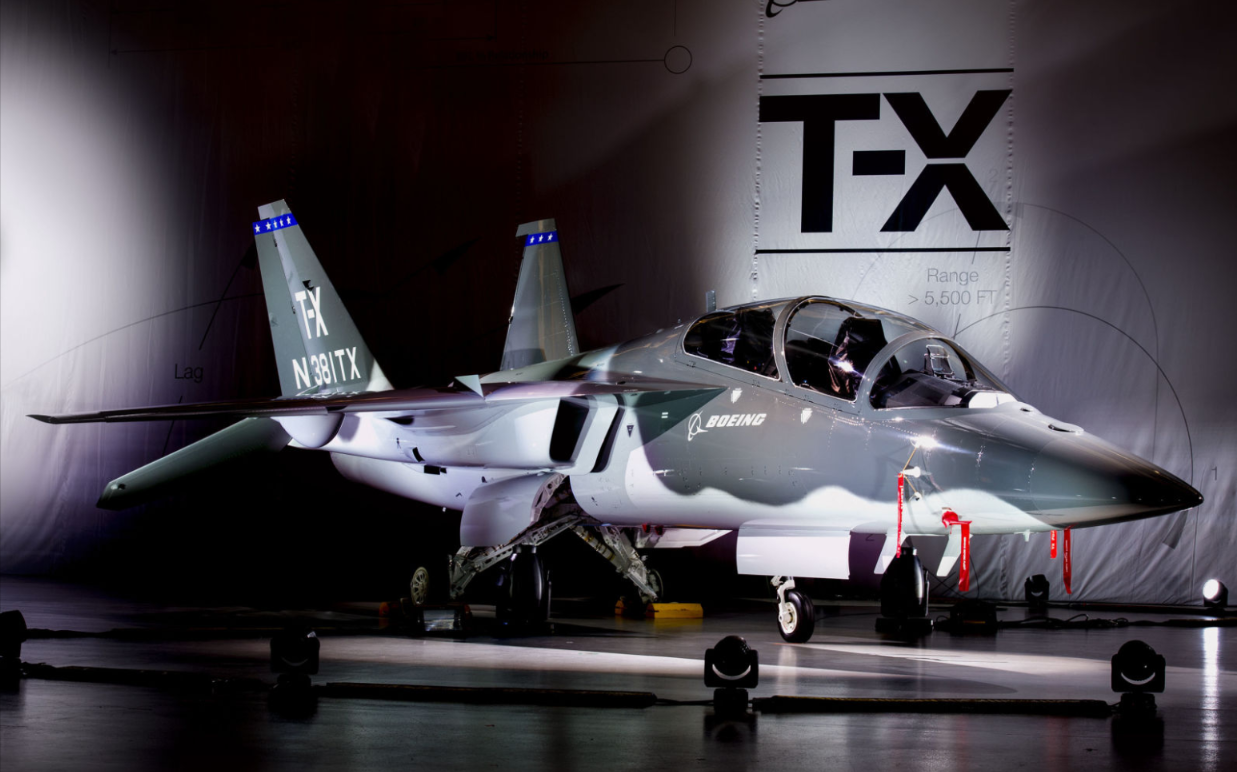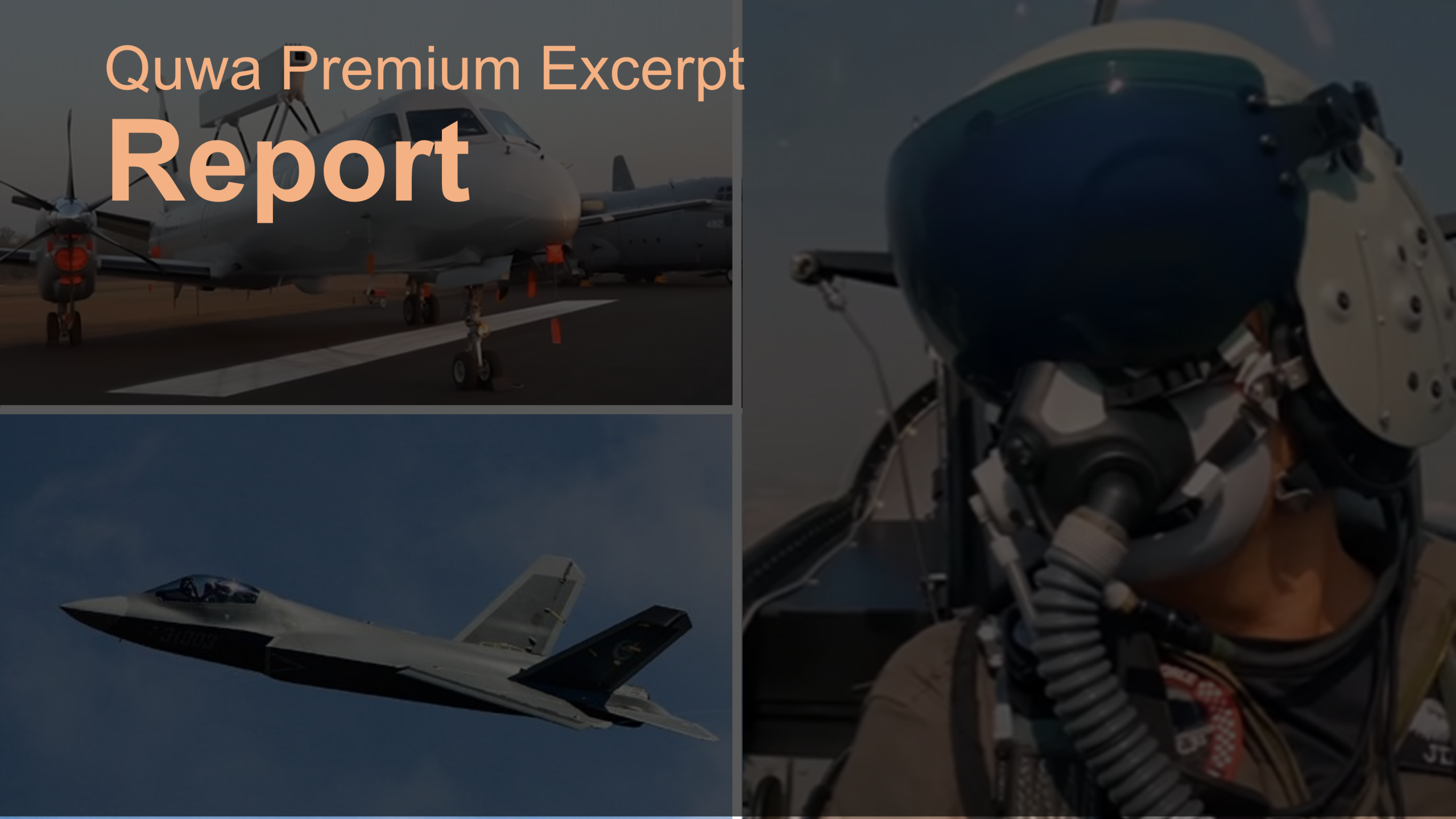On Tuesday (13 September), Boeing and Saab revealed their jointly-developed solution for the U.S. Air Force T-X next-generation fast-jet trainer program.
Two units were revealed, with Boeing claiming that its evaluation units are production-ready models. In a statement for Boeing’s promotional video, Ted Torgerson, the Boeing T-X Program Manager said:
“We wanted to prove to the world that we had gone through the design, development and manufacturing effort to be able to produce multiple aircraft. To have aircraft ready to reduce the risk for the customer and to show that we are ready to go. These aren’t prototypes, these are our first two jets for the program, and it’s critical that we show that because we are competing against off-the-shelf airplanes, and we’re just as low-risk as they are.”
The Boeing-Saab trainer is a lightweight single engine aircraft with a twin tail configuration, stadium-seating cockpit, and composite-heavy airframe.
According to Boeing’s news release, the trainer system “also offers state-of-the-art ground-based training and a maintenance-friendly design for long-term supportability.”
The Boeing-Saab T-X is powered by a General Electronic F404 turbofan.
Notes, Comments & Analysis:
Each T-X competitor has stressed the low-risk and low-cost aspect of their respective offering. In the case of the Raytheon-Leonardo M-346 and Lockheed-Korean Aerospace Industries (KAI) T-50, it was in the fact that these platforms are already in service with a number of overseas air forces.
In Boeing’s case, where a clean-sheet design is involved, the emphasis is being placed on design concepts emphasizing ease-of-use (in the air and on the ground) and a utilization of existing manufacturing lines (for components) in order to manage maintenance and operational costs.
Boeing is also pairing the use of ground-based simulators in parallel with the aircraft. Individually, the use of simulators is not a novel concept, this is how F/A-22 and F-35 pilots train, but packaging simulators with a training aircraft is a unique approach. In effect, Boeing and Saab are not just trying to sell an aircraft, but a comprehensive training solution.
The U.S. Air Force T-X competition could be a significant program for the industry, not least as a result of the 300 to 450 aircraft the Air Force is expected to order, but the scale as well. Not only would the winner basically be the industry leader in the segment in quantitative terms, but they could – at least potentially – leverage that scale to enter overseas markets with a competitive and well-supported solution.
These T-X designs could also be re-tuned into light/very lightweight fighter solutions as well, which may be attractive for the entry-level combat aircraft market in Latin America and Sub-Saharan Africa.




